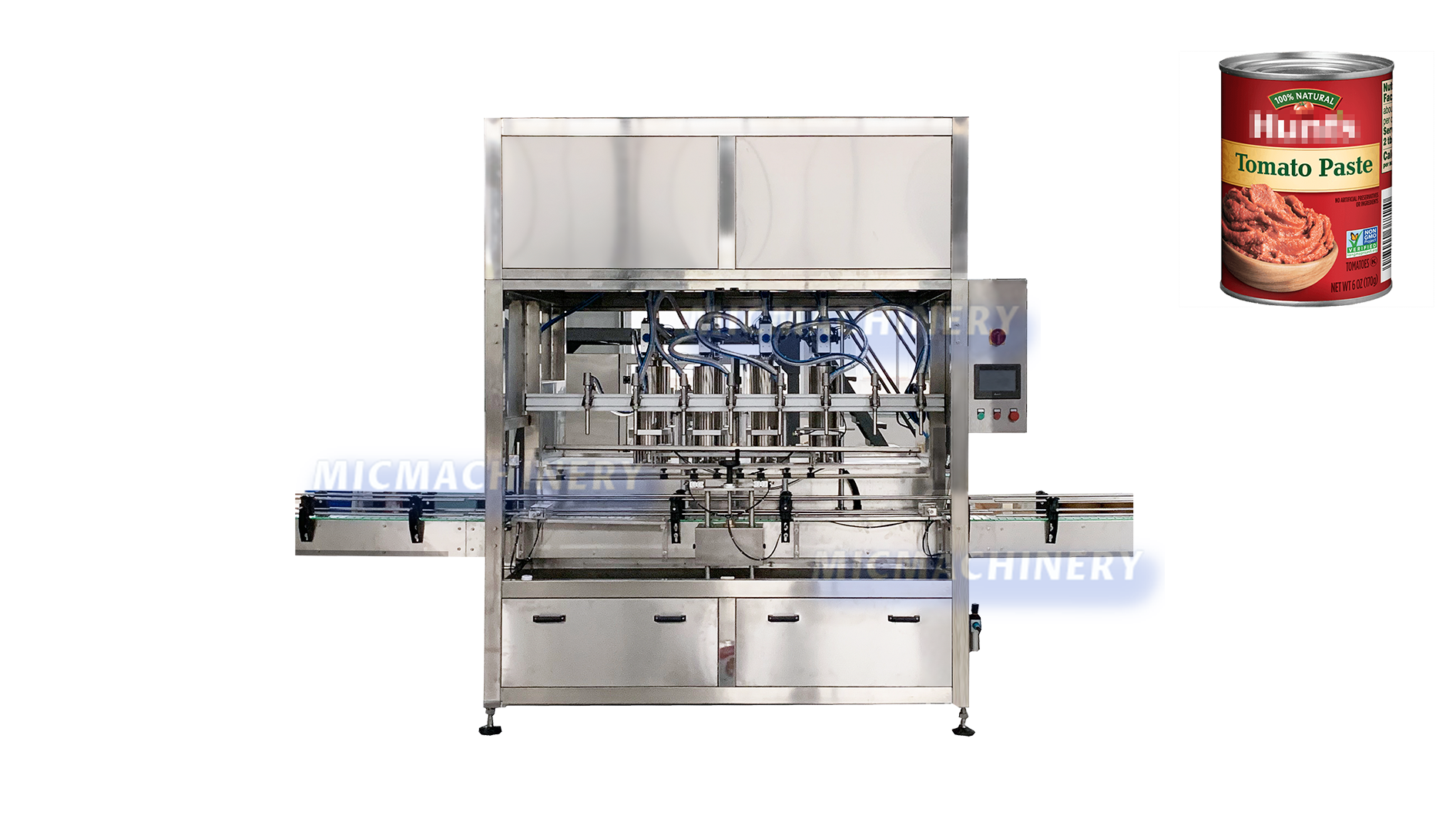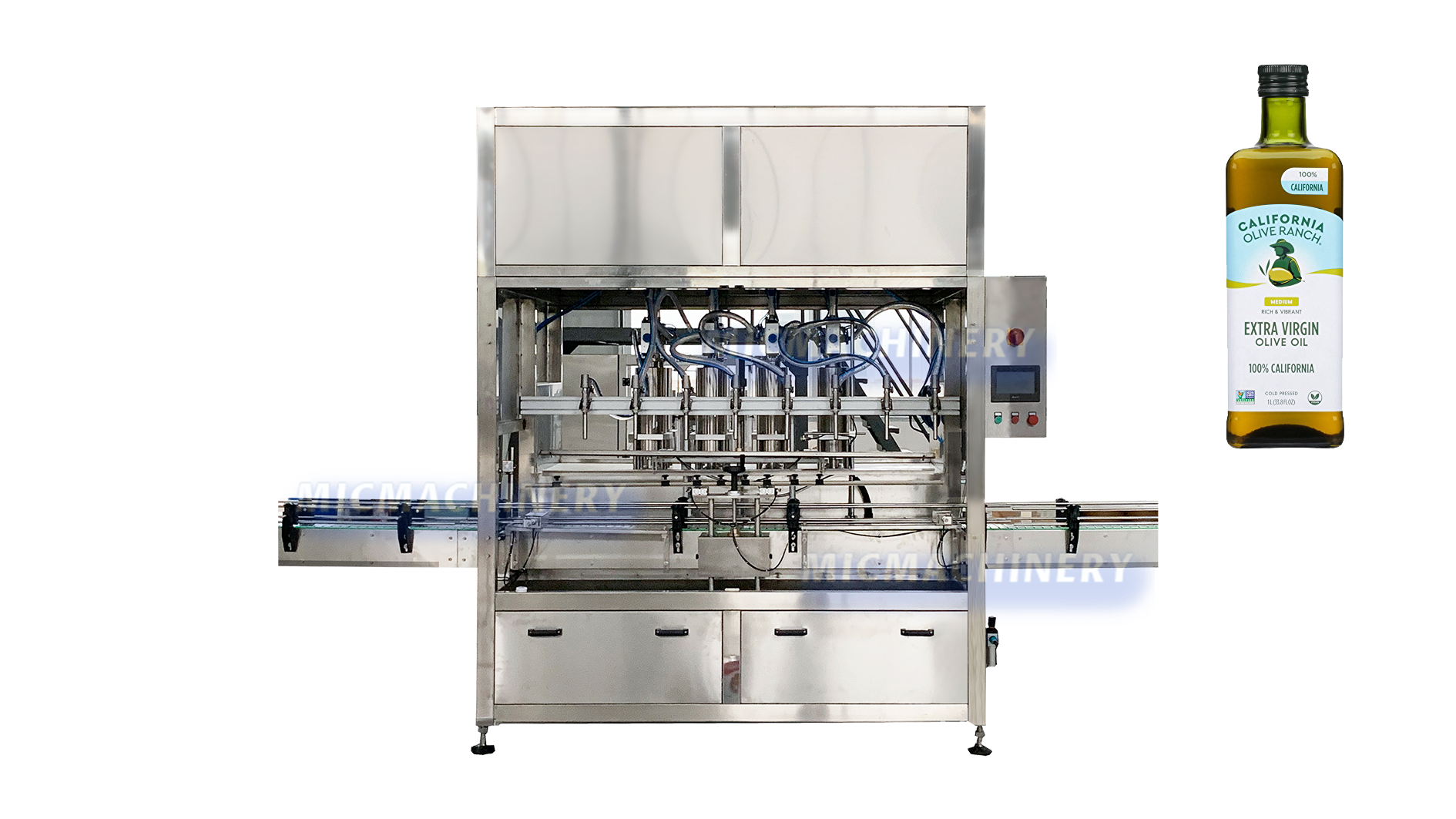What is a Soft Drink? An In-Depth Look at a Global Phenomenon
What is a Soft Drink? An In-Depth Look at a Global Phenomenon
The hiss of a cap twisting open, the distinct clink of ice cubes hitting a glass, and the refreshing, effervescent taste—soft drinks are a sensory experience recognized worldwide. They are a dominant force in the global beverage market, but their definition, history, and manufacturing process are more complex than they might seem. So, what exactly is a soft drink, and how did it become such a staple of modern life?
Defining the "Soft" Drink
The term "soft drink" is primarily defined by what it is not: it contains no alcohol. It stands in direct contrast to "hard liquor." Broadly, a soft drink is a non-alcoholic beverage that is carbonated, sweetened, and flavored. While the classic image is that of a sugary soda, the category has expanded to include:
 |
• Diet or Zero Varieties: Sweetened with artificial or natural non-caloric sweeteners like aspartame, stevia, or sucralose.
• Sparkling Waters: Lightly flavored carbonated waters with minimal or no sweetness.
• Non-Carbonated Ready-to-Drink (RTD) Beverages: In some contexts, drinks like lemonades, iced teas, and fruit punches are included under the soft drink umbrella, though purists often reserve the term for carbonated varieties. |
A Brief History: From Natural Springs to Global Brands
| The story of soft drinks begins with mineral water from natural springs, which was believed to have health benefits. Scientists eventually learned to artificially carbonate water, leading to the creation of the first man-made soft drinks in the late 18th century. These were often sold in drugstores by pharmacists who added medicinal herbs and flavorings. Key milestones include the invention of soda water, the development of flavored syrups, and perhaps most importantly, the creation of Coca-Cola in 1886 and Pepsi-Cola in 1893. These brands pioneered the mass marketing and global distribution that would define the industry. |  |
Deconstructing the Drink: Core Ingredients
 |
The creation of a soft drink is a precise science of balance. Every can contains a carefully calibrated blend of ingredients:
1. Carbonated Water: The foundation. Water is purified to eliminate any impurities that could affect taste and then infused with carbon dioxide (CO2) under high pressure. This carbonation provides the signature fizz and tang.
|
2. Sweetener: The primary source of calories. This is most commonly high-fructose corn syrup or sucrose (table sugar).
The rise of health consciousness led to the development of diet drinks using artificial sweeteners like aspartame
(NutraSweet, Equal) or sucralose (Splenda).
|
3. Flavorings: These can be natural extracts, essential oils, or artificial flavor compounds. They are the most guarded secret of any brand. Cola flavor, for instance, is a complex blend of citrus, vanilla, and spices like cinnamon and nutmeg.
4. Acids: Critical for providing the characteristic "bite" that balances the sweetness. Citric acid (common in lemon- lime and fruit-flavored drinks) and phosphoric acid (which gives colas a sharper, more robust edge) are the most frequently used. |
 |
5. Additives: This category includes:
◦ Colorings (e.g., caramel color for brown colas)
◦ Preservatives (e.g., sodium benzoate to inhibit microbial growth)
◦ Caffeine (a stimulant naturally found in kola nuts, added to many brands for its mild addictive properties)
The Manufacturing Marvel: How Soft Drinks are Made
Turning these ingredients into billions of identical bottles and cans is a feat of modern engineering. The process is highly automated and occurs on a massive scale.
1. Water Treatment and Preparation: Water is the main ingredient, so it must be meticulously filtered and softened to
ensure a neutral, consistent base.
2. Syrup Manufacturing: Sweetener (either as a liquid or dissolved in water) is combined with flavor concentrates, acids,
and other additives to create a highly concentrated "base syrup." This allows for easy transportation and precise mixing.
3. The Carbonation Process: The base syrup is precisely proportioned and mixed with the treated water. This mixture,
now called the "finished syrup," is chilled and fed into a carbonator—a pressurized tank where CO2 is injected and
dissolved into the liquid.
4. The Precision Filling Line: This is the most critical step for product quality. The carbonated beverage is highly unstable
and will quickly go flat if not handled correctly. This is where the soft drink filling machine becomes the hero of the
production line. A modern soft drink filling machine is a technological marvel. It is a fully pressurized system that ensures
the liquid never loses its carbonation. The machine sterilizes containers, fills them to an exact volume without any foam
or spillage, and immediately seals them with a cap or lid at breathtaking speeds—often thousands of containers per hour.
The reliability and hygiene of the soft drink filling machine are non-negotiable for maintaining product consistency and
safety.

5. Quality Control and Packaging: After filling, containers are warmed to prevent condensation, labeled, and packed into cartons or crates for distribution. Throughout the process, samples are constantly tested for carbonation levels, sweetness, and flavor accuracy.
The Cultural and Health Impact
Soft drinks have become deeply embedded in global culture, synonymous with parties, sports events, and fast-food meals. However, their high sugar content has also placed them at the center of public health debates concerning obesity, diabetes, and dental health. This has spurred immense innovation within the industry, leading to a massive expansion of low-sugar, zero-sugar, and naturally sweetened options.
Conclusion
A soft drink is more than just a sweet, bubbly beverage. It is the product of centuries of innovation, sophisticated food science, and advanced manufacturing technology. From its humble beginnings as a medicinal tonic to its current status as a global commodity, the soft drink's journey is a fascinating story of taste, technology, and marketing, all culminating in the precise and efficient hum of the soft drink filling machine.


